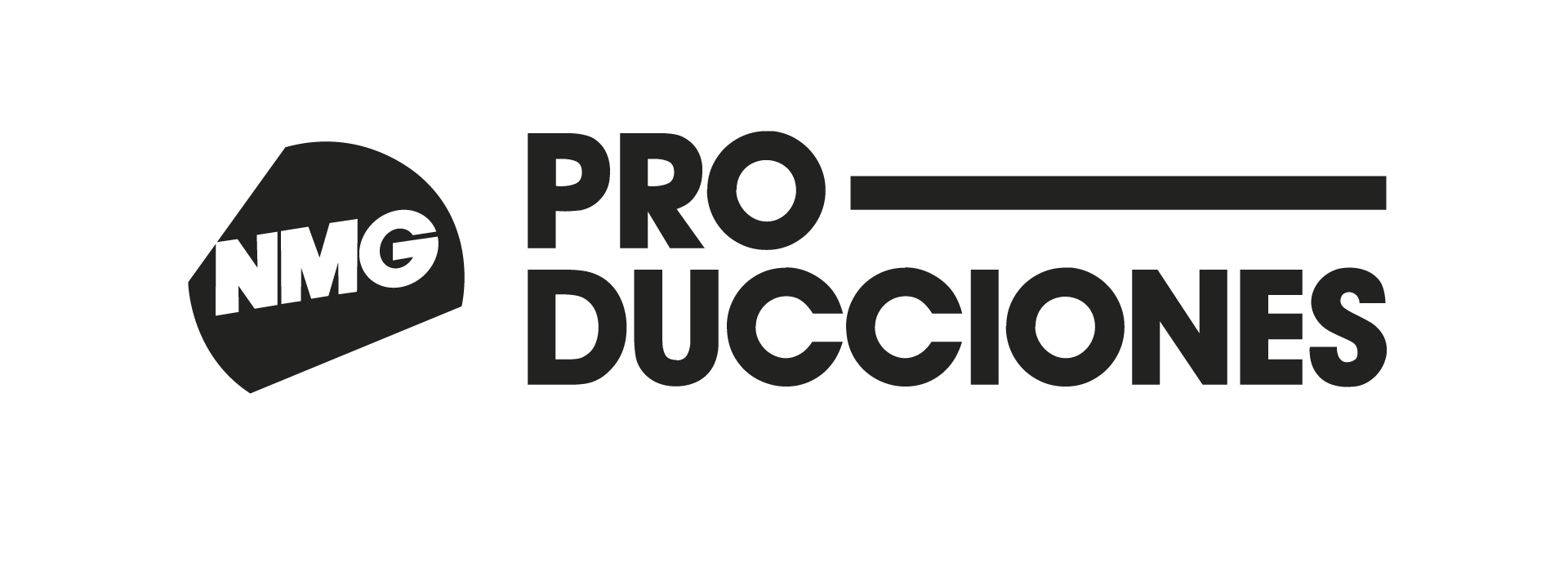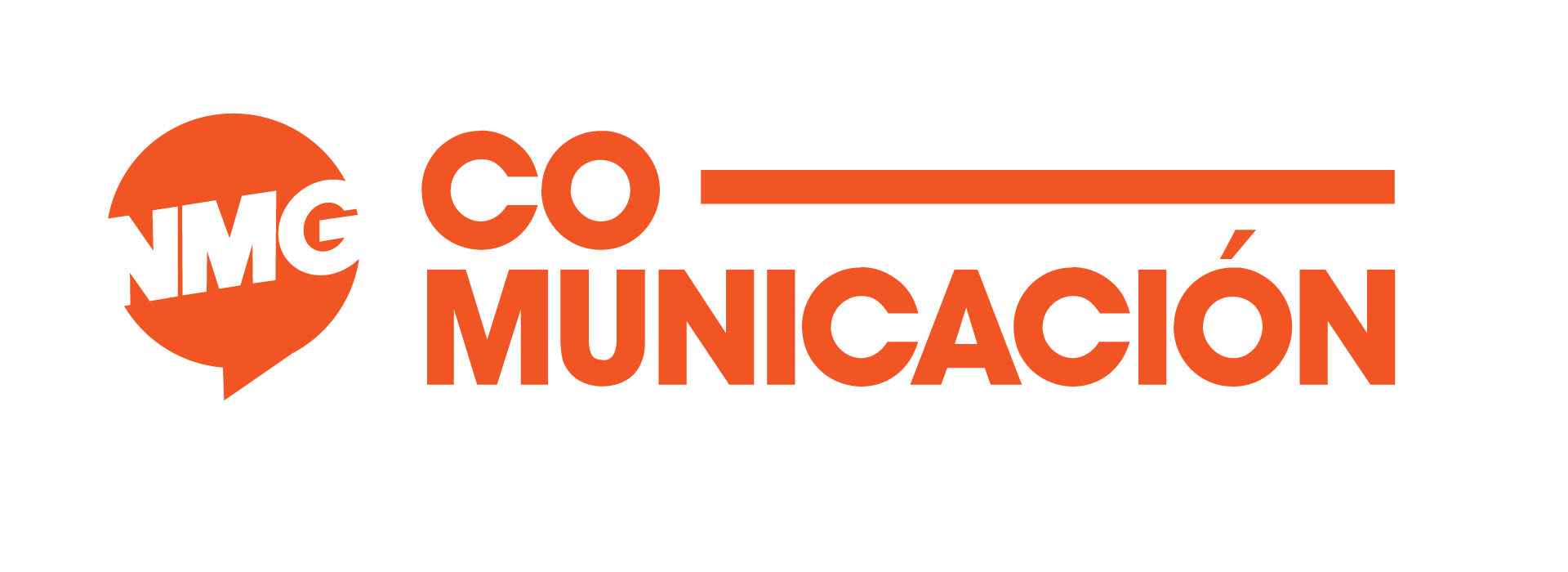

En NMG trabajamos como un equipo. Nuestras tres áreas se vinculan entre sí para abordar cada proyecto de manera integral, coordinada y transversal. Generando un Modelo 360 único en el medio y del que estamos muy orgullosos.


Nuestras tres áreas se vinculan entre sí para abordar cada proyecto de manera integral, coordinada y transversal. Generando un Modelo 360 único en el medio y del que estamos muy orgullosos.
Producimos eventos artísticos, culturales, institucionales, deportivos y empresariales a distintas escalas.
Construimos comunidades a través de la creación y difusión de contenidos culturales, artísticos y comunicacionales.
MODELO 360
MODELO 360

Marcas que confían en este equipo

Marcas que confían
en este equipo














































